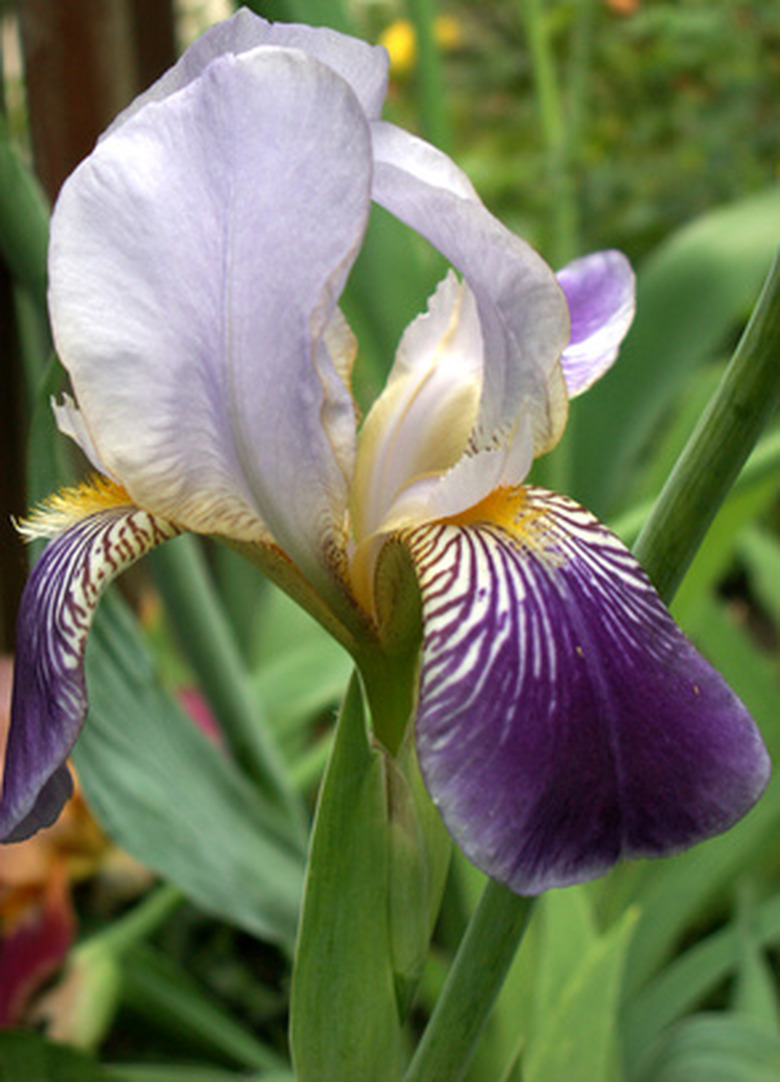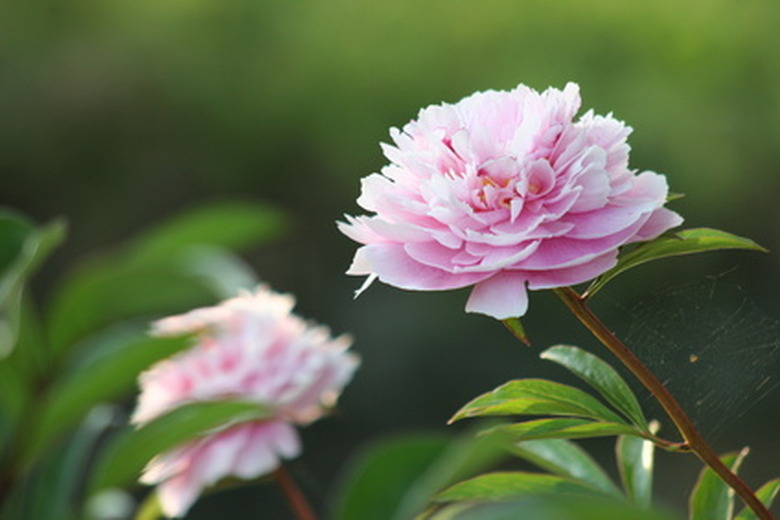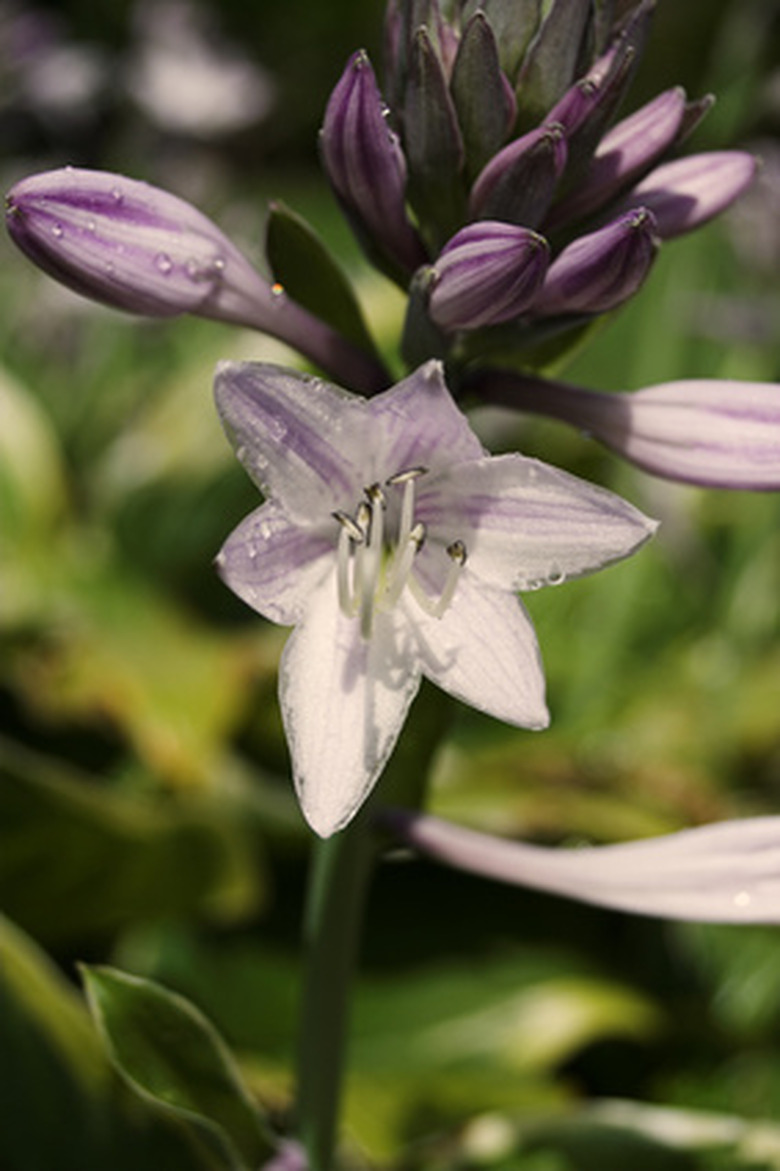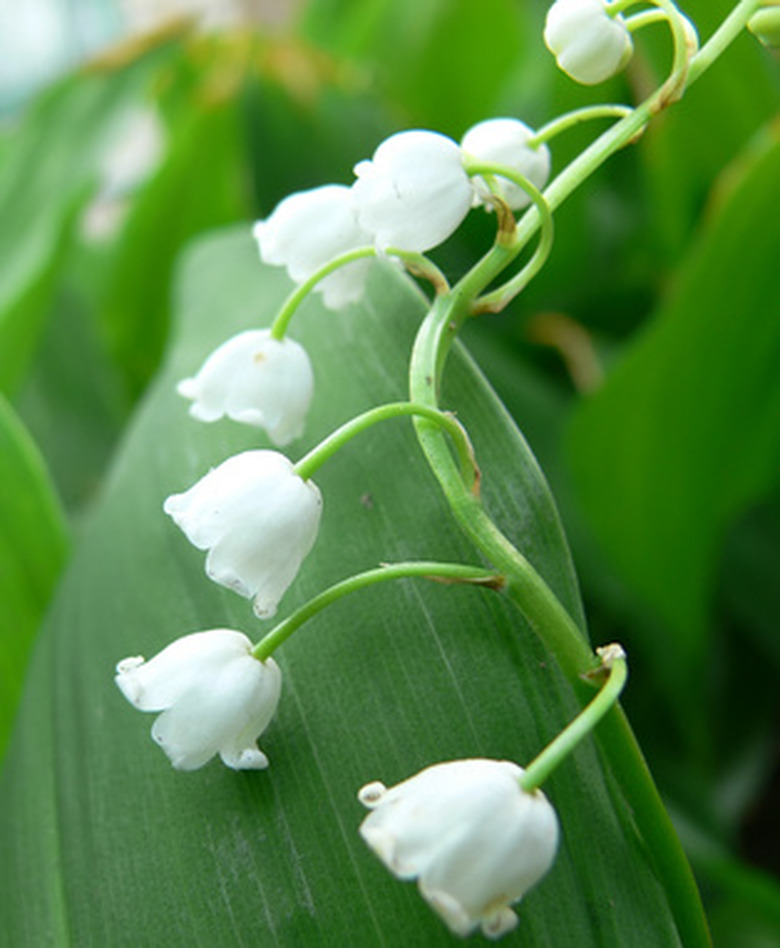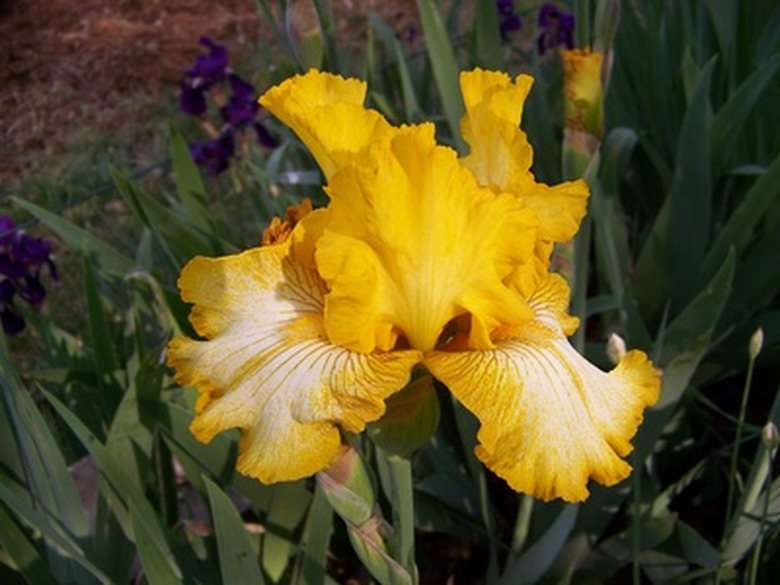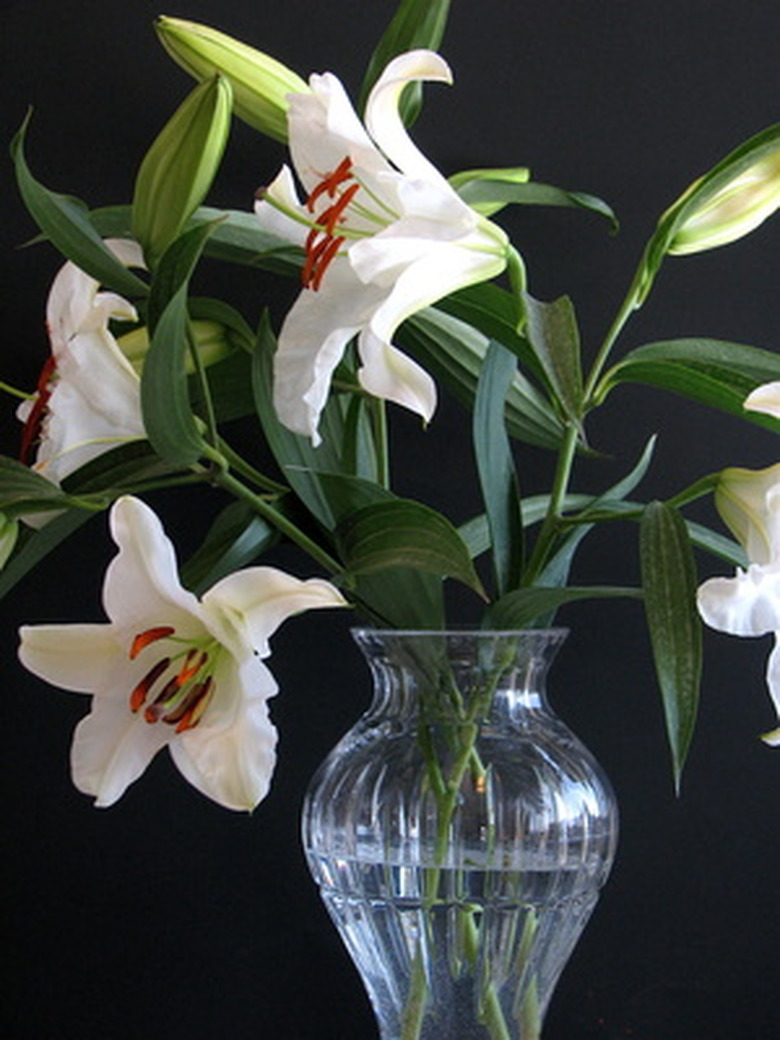What Are The Most Fragrant Perennial Plants For Zone 5?
Many species of garden perennials bear fragrant flowers, but a handful of them remain tried-and-true perennials for landscapes in USDA Hardiness Zone 5–where winter low temperatures usually drop to -10 to -20 degrees F annually. Always select modern varieties of perennials that explicitly note flower or foliage fragrance as being a key ornamental feature on their labeling. Often complex breeding leads to loss of perfumed petals while improving disease resistance or plant vigor.
Peony
Herbaceous peonies (Paeonia spp.), those that do not grow woody stems and die back to the ground each winter, bear large, frilly and fluffy flower heads of pink, white or red in spring. Most varieties bear a powdery sweet scent, resembling the fragrance of wild roses.
Hosta
Typically, hosta or plantain lily (Hosta spp.) grows in shaded gardens where its foliage is admired. Most people cut off the tall flower spikes that occur in summer, perhaps never enjoying the sweet aroma that permeates the air from the lavender or white tubular blossoms.
- Many species of garden perennials bear fragrant flowers, but a handful of them remain tried-and-true perennials for landscapes in USDA Hardiness Zone 5–where winter low temperatures usually drop to -10 to -20 degrees F annually.
- Most people cut off the tall flower spikes that occur in summer, perhaps never enjoying the sweet aroma that permeates the air from the lavender or white tubular blossoms.
Lily of the Valley
Sweet scents drift from the tiny white flowers of lily of the valley (Convallaria majalis) in spring. A clumping ground cover that grows from rhizome roots, the large glossy green leaves remain pretty until autumn. This is a perennial for shady areas where soil remains moist and rich in organic matter, perfect in charming woodland glens and garden beds among ferns and hosta.
Bearded Iris
With hundreds of varieties with flowers ranging in all colors except scarlet red, bearded or German irises (Iris spp.) typically emit a sweet or spicy fragrance from the center of their uniquely shaped flowers. These plants flower anytime from mid to late spring and develop into large massing clumps of fan-like, lance-like foliage.
Garden Phlox
Sometimes called summer phlox to differentiate them from the low-growing phlox that bloom earlier in spring, garden phlox (Phlox paniculata) bears dome-like flower heads on stem tips in midsummer. Older varieties of garden phlox often yield gently sweet-smelling flowers, but some modern hybrids retain the scent. These traditional perennials prosper in the mild summers and cool soils found in Zone 5 gardens.
- Sweet scents drift from the tiny white flowers of lily of the valley (Convallaria majalis) in spring.
- A clumping ground cover that grows from rhizome roots, the large glossy green leaves remain pretty until autumn.
Lilies
For particularly fragrant lilies, focus on growing wild-species types. Regal lily (Lilium regale), Lilium speciosum, Lilium pumilum, Lilium hansonii, nodding lily (Lilium cernuum), meadow lily (Lilium canadense) and golden-rayed lily (Lilium auratum) produce sweetly scented flowers. Be careful about choosing Lilium pomponium and common Turkscap lily (Lilium martagon), as their recurved petals emit an arguably "stinky" smell. Madonna lily (Lilium candidum) and Formosa lily (Lilium formosanum) produce magnificently fragranced blooms, but neither is reliably winter hardy in Zone 5.
References
- "A Garden of Fragrance"; Suzy Bales; 2000
- University of Vermont Extension: Fragrant Perennials
- "The Illustrated Encyclopedia of Perennials"; Marshall Craigmyle; 2002
